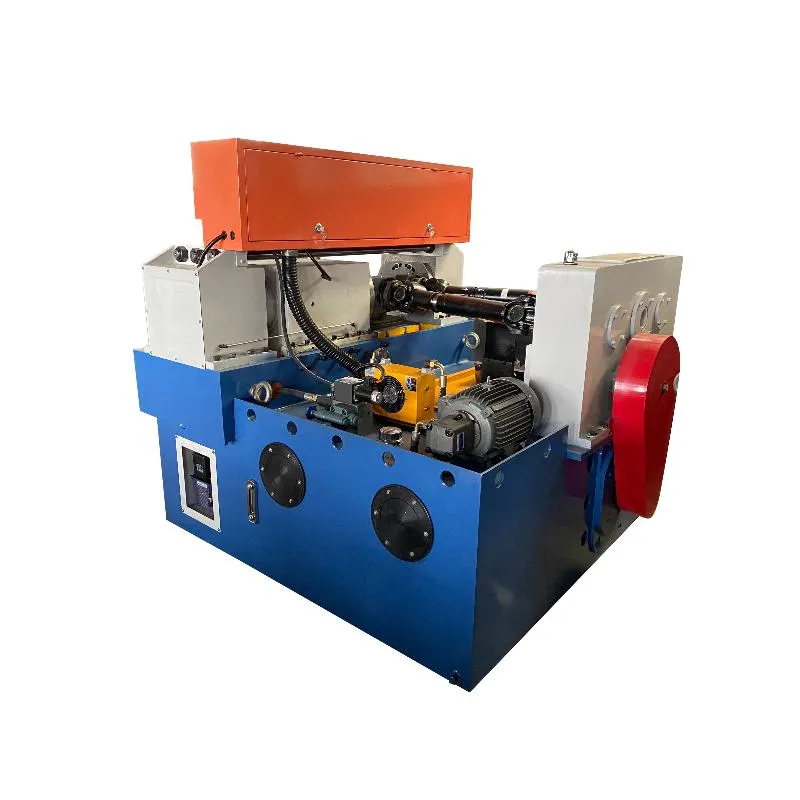
-
 Afrikaans
Afrikaans -
 Albanian
Albanian -
 Amharic
Amharic -
 Arabic
Arabic -
 Armenian
Armenian -
 Azerbaijani
Azerbaijani -
 Basque
Basque -
 Belarusian
Belarusian -
 Bengali
Bengali -
 Bosnian
Bosnian -
 Bulgarian
Bulgarian -
 Catalan
Catalan -
 Cebuano
Cebuano -
 Corsican
Corsican -
 Croatian
Croatian -
 Czech
Czech -
 Danish
Danish -
 Dutch
Dutch -
 English
English -
 Esperanto
Esperanto -
 Estonian
Estonian -
 Finnish
Finnish -
 French
French -
 Frisian
Frisian -
 Galician
Galician -
 Georgian
Georgian -
 German
German -
 Greek
Greek -
 Gujarati
Gujarati -
 Haitian Creole
Haitian Creole -
 hausa
hausa -
 hawaiian
hawaiian -
 Hebrew
Hebrew -
 Hindi
Hindi -
 Miao
Miao -
 Hungarian
Hungarian -
 Icelandic
Icelandic -
 igbo
igbo -
 Indonesian
Indonesian -
 irish
irish -
 Italian
Italian -
 Japanese
Japanese -
 Javanese
Javanese -
 Kannada
Kannada -
 kazakh
kazakh -
 Khmer
Khmer -
 Rwandese
Rwandese -
 Korean
Korean -
 Kurdish
Kurdish -
 Kyrgyz
Kyrgyz -
 Lao
Lao -
 Latin
Latin -
 Latvian
Latvian -
 Lithuanian
Lithuanian -
 Luxembourgish
Luxembourgish -
 Macedonian
Macedonian -
 Malgashi
Malgashi -
 Malay
Malay -
 Malayalam
Malayalam -
 Maltese
Maltese -
 Maori
Maori -
 Marathi
Marathi -
 Mongolian
Mongolian -
 Myanmar
Myanmar -
 Nepali
Nepali -
 Norwegian
Norwegian -
 Norwegian
Norwegian -
 Occitan
Occitan -
 Pashto
Pashto -
 Persian
Persian -
 Polish
Polish -
 Portuguese
Portuguese -
 Punjabi
Punjabi -
 Romanian
Romanian -
 Russian
Russian -
 Samoan
Samoan -
 Scottish Gaelic
Scottish Gaelic -
 Serbian
Serbian -
 Sesotho
Sesotho -
 Shona
Shona -
 Sindhi
Sindhi -
 Sinhala
Sinhala -
 Slovak
Slovak -
 Slovenian
Slovenian -
 Somali
Somali -
 Spanish
Spanish -
 Sundanese
Sundanese -
 Swahili
Swahili -
 Swedish
Swedish -
 Tagalog
Tagalog -
 Tajik
Tajik -
 Tamil
Tamil -
 Tatar
Tatar -
 Telugu
Telugu -
 Thai
Thai -
 Turkish
Turkish -
 Turkmen
Turkmen -
 Ukrainian
Ukrainian -
 Urdu
Urdu -
 Uighur
Uighur -
 Uzbek
Uzbek -
 Vietnamese
Vietnamese -
 Welsh
Welsh -
 Bantu
Bantu -
 Yiddish
Yiddish -
 Yoruba
Yoruba -
 Zulu
Zulu
best types of thread rolling
The Best Types of Thread Rolling An Overview
Thread rolling is a cold forming process that is used to create threads on metal rods and other workpieces. It involves the use of two rolls that are shaped to form the desired thread profile as they move against the workpiece. This method offers several advantages over traditional machining processes, including improved strength, better surface finish, and reduced material waste. In this article, we will explore the best types of thread rolling, highlighting their specific uses and benefits.
Flat die thread rolling is one of the most common methods used for thread manufacturing. In this process, the workpiece is placed between two flat dies, which have a precise thread profile cut into their surfaces. As the dies rotate, they compress and shape the material, effectively forming the threads. This method is particularly suitable for producing external threads on bolts, screws, and other fasteners.
The benefits of flat die thread rolling include high production rates and excellent dimensional accuracy. It is also cost-effective for high-volume production since the dies can last for a long time if properly maintained. However, it is important to note that this method is generally limited to smaller diameter workpieces due to the constraints of the equipment.
2. Circular Thread Rolling
Circular thread rolling, often referred to as cylindrical thread rolling, utilizes cylindrical dies to create threads. This process is suitable for both external and internal thread formation. In this method, the workpiece is rotated between two cylindrical dies, which exert pressure on the material to create the threads.
This technique is particularly advantageous for creating complex thread patterns and is often used in applications requiring high precision, such as in the aerospace and automotive industries. Circular thread rolling also allows for better control of the thread depth and pitch, ensuring a consistent product. The downside is that it may have slower production rates compared to flat die methods, making it less ideal for high-volume manufacturing.
best types of thread rolling

3. Roll Forming
Roll forming is a continuous operation that shapes metal parts by passing them through a series of rollers. While it is not exclusively dedicated to thread formation, it is worth mentioning due to its effectiveness in producing long, continuous threads without the need for cutting. This method can be combined with additional processes to create various thread types and profiles.
Roll forming is beneficial for producing intricate thread designs and can support high-volume manufacturing processes. However, it may require specialized equipment and tooling, which can be a significant investment. Its efficiency in high-volume production makes it a suitable choice for industries needing large quantities of threaded components.
4. Trapezoidal Thread Rolling
Trapezoidal thread rolling is specifically designed for creating trapezoidal threads, which are commonly found in lead screws and other mechanisms requiring linear motion. This method involves a set of dies that are shaped to the trapezoidal profile. The process can achieve high levels of precision and consistency in thread creation.
The primary advantage of trapezoidal thread rolling is its ability to produce threads that provide superior load-carrying capabilities. This makes it ideal for applications where strength and durability are critical. However, producing trapezoidal threads often requires more specialized tooling, which can increase production costs.
Conclusion
In conclusion, the best type of thread rolling depends on various factors including the application, production volume, and required precision. Whether it’s flat die, circular, roll forming, or trapezoidal thread rolling, each method has its unique advantages. As industries continue to evolve and demand higher performance components, understanding these threading techniques will be crucial for manufacturers aiming to maintain competitiveness and efficiency in their production processes.
